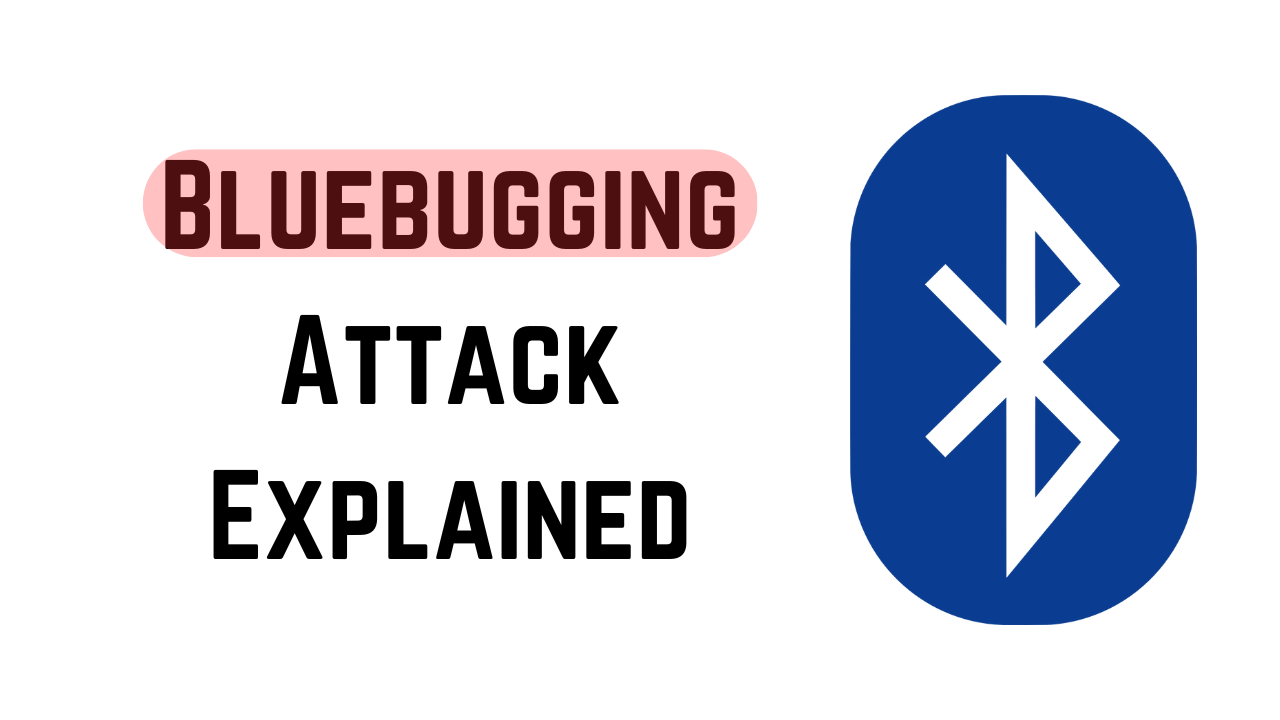Bluebugging Attack

Bluebugging Attack Bluebugging is a silent attack that allows malicious hackers to silently sneak into Bluetooth-enabled devices without the users ever realizing it. Here is a full video to watch if you don't have time to read the full article: It is the houdini of cyber attacks. It sneaks into your devices without you even knowing! It's the ultimate stealth mode for hackers. Imagine someone gaining access without leaving a digital footprint! Bluebugging can be the starting point of another relevant attack called bluesnarfing. This is the sneaky cousin of bluebugging, grabbing your information without you suspecting a thing. Bluesnarfing is a related technique where the attacker gains unauthorized access to information on the target device, such as contact lists, calendar entries, or messages, without the user's knowledge. But today, we focus on the fundamentals of Bluebugging attack. Bluetooth, the technology t...



